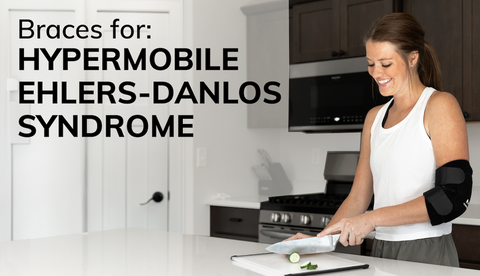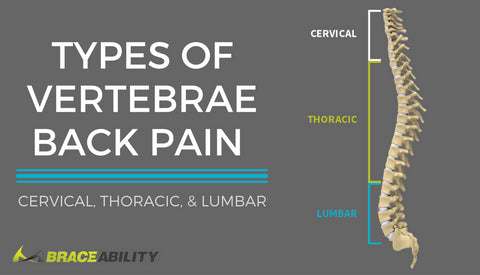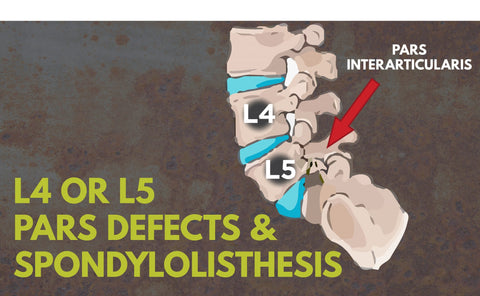A Step-By-Step Guide to Gardening With Chronic Pain
If you suffer from lower back pain, knee tendonitis, carpal tunnel syndrome, or other types of aches and pains that are keeping you from gardening or yard work, this guide is for you! Keep reading to find the best steps to take to manage your chronic pain while in the garden.
How Gardening is Beneficial for Chronic Pain
Yes, you read that right. Gardening is actually one of the best activities to help you relax and unwind. As a low-impact form of exercise, gardening can help you stay active while other forms of exercise may be too painful or cause more pain and injuries. The moderate outdoor exercise you perform while gardening allows your body to release endorphins, resulting in mental health stimulation and natural pain relief. Gardening is a fun way to relieve stress, anxiety, and even chronic pain.
-
Start Small & Set Your Limit
How severe is your pain, and how long can you go in the garden without overdoing it? It’s important to set a schedule so you are spreading out your tasks in a way that won’t make your pain worse than it already is. Be realistic about how much you can take on in one sitting, and ask for help when needed! Try to limit your time in the garden to the coolest hours of the day and only spend a few hours working at a time. If you are unsure of where to start, you may find it beneficial to speak to a physical therapist, who can assist you in making a plan and discovering which gardening tasks are safe to perform versus what is out of the question. Check out these tips and tricks to make sure you keep your gardening pain-free!
-
Find The Right Tools For You
Depending on where your chronic pain is located, there are a variety of helpful tools and alternatives to gardening that can help you continue to do the things you love, without jeopardizing your health. For example, if you have chronic back pain, bending over may cause extreme amounts of pain. Try using long-handled tools to avoid bending to the ground, or a raised garden bed so you won’t need to worry about low plants that are difficult to maintain. Other essential tools for gardeners with chronic pain include protective gloves, a thick kneeling pad, sturdy and lightweight hand tools, as well as a garden caddy or wagon that can easily be pulled around.
-
Size Down Your Garden
What are the most important plants in your garden? This may be a helpful step if you are feeling overwhelmed, or like you can’t spend enough time on all that needs to be done in your garden. Rather than a large number of plants, try keeping only things that you really care about, or vegetables that you know will be put to use. Another way to downsize your garden is to grow resilient crops. Grow things that will survive without constant care and attention such as kale, berries, rhubarb, and horseradish.
-
Use Any Extra Help & Support You Can Get
Realizing and taking this big step will be crucial to your overall health. Reach out to someone who can help you with the yard work, or garden tasks that are extra painful for you. Another form of extra help or support would be to try wearing a supportive wrap, brace, or splint to help limit the amount of pain while you’re working outdoors. Whether you are dealing with knee, back, or wrist pain there is a supportive brace that will work for you! Check out these supports for arthritis, lower back pain, and patellar tendonitis.

-
Switch Up Your Routine & Take Breaks
Working through pain will only make matters worse. Unfortunately, while you may think your body will automatically tell you when it’s had enough, it is not always the case. It’s extremely easy to lose track of time when you are doing yard work or gardening, causing you to overwork your body without even knowing it. Try setting a timer for 30 minutes to ensure you take a break or switch up what you’re doing. Get up, drink water, stretch out, walk around, whatever it may be, give yourself time to rest and change your position to avoid pain later in the day.
-
Manage Your Symptoms
The final, and best step to ensuring your pain is under control and doesn’t get any worse is to be aware of your symptoms. When it comes to strenuous activities such as yard work or gardening, self-monitoring and listening to your body is key to continuing to be able to enjoy doing the activities you love.
Keep the following in mind when gardening or doing yard work:
- Stay hydrated
- Work in the shade when possible
- Listen to your body
- Plan your time outdoors for when it won’t be too hot or too cold
- Keep emergency medical supplies you may need handy
- Take medication when necessary
-
Remember to Make Rest & Recovery a Priority
Living with chronic pain is never easy, allow yourself time to rest and recover. When you are done in the garden, try taking a bath. Soaking in Epsom salts is a great way to soothe stiff muscles and fight off aches and pains. You can also make use of a hot/cold pack to help ease the pain of sore muscles after yard work.









